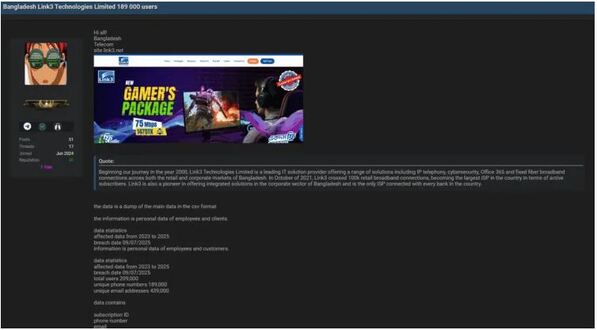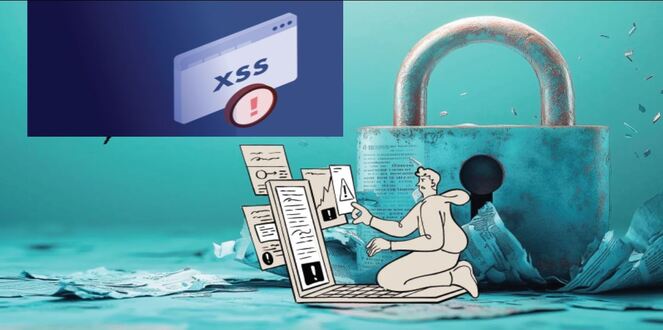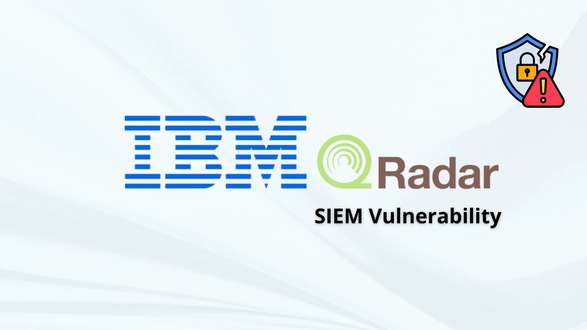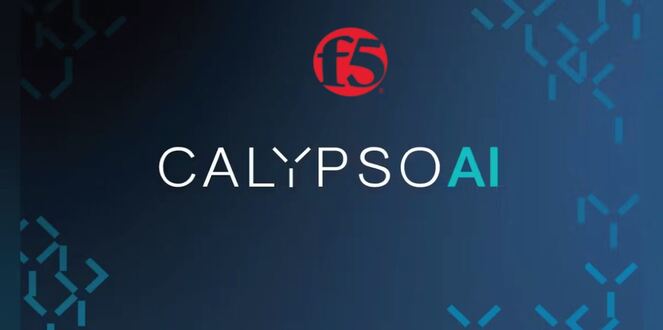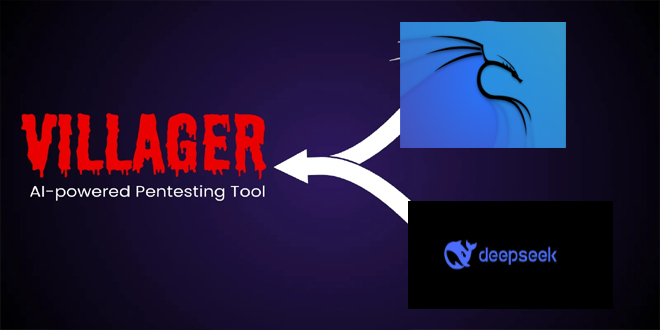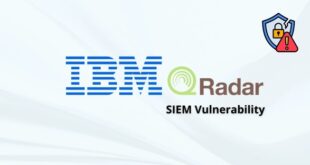Docker has issued fixes for a critical security vulnerability in the Docker Desktop app for Windows and macOS that could enable an attacker to escape a container. The vulnerability CVE-2025-9074 has a CVSS score of 9.3 and is fixed in version 4.44.3.
“A malicious container running on Docker Desktop could access the Docker Engine and launch additional containers without requiring the Docker socket to be mounted,” Docker said in an advisory released last week.
“This could allow unauthorized access to user files on the host system. Enhanced Container Isolation (ECI) does not mitigate this vulnerability.”
According to security researcher Felix Boulet, the vulnerability has to do with how it’s possible for a container to connect to the Docker Engine API at 192.168.65[.]7:2375 without requiring any authentication, thereby opening the door to a scenario where a privileged container could gain full access to the underlying host upon mounting the C:\ drive into it.
A proof-of-concept exploit shows that a web request from any container can trigger a serious flaw.
POST a JSON payload to “/containers/create,” binding the host C:\ drive to a folder in the container (/mnt/host/c:/host_root) in the container, and using a startup command to write or read anything under /host_root on container startup.
POST to “/containers/{id}/start” to launch the container and start the execution
“At its core, this vulnerability was a simple oversight, Docker’s internal HTTP API was reachable from any container without authentication or access controls,” Boulet said.
PVOTAL Technologies researcher Philippe Dugre (“zer0x64”) discovered a flaw in Docker Desktop for Windows that allows attackers to access the entire file system as an administrator, read sensitive files, and overwrite a system DLL to gain admin privileges on the host system.
“On macOS, however, the Docker Desktop application still has a layer of isolation and trying to mount a user directory prompts the user for permission,” Dugre said. “By default, the Docker application does not have access to the rest of the file system and does not run with administrative privileges, so the host is a lot safer than in the Window’s case.”
“However, the attacker does still have full control of the Docker application/containers and can even backdoor it by mounting and modifying the application’s configuration, which does not need any user approval.”
“Gayfemboy” Malware Exploiting Cisco, TP-Link and Other Routers
 InfoSecBulletin Cybersecurity for mankind
InfoSecBulletin Cybersecurity for mankind

